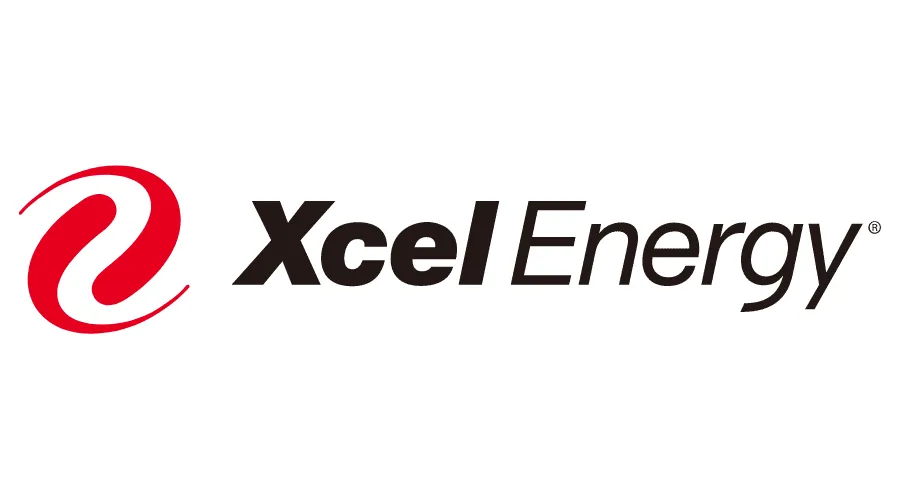Net Zero Cities: The future of energy storage
As Front Range cities push to achieve net-zero goals, they’ll have to rely on new and emerging energy-storage technologies that could revolutionize the way energy is stored and used. That was the message Tuesday morning at the Energy Storage panel of BizWest’s Net Zero Cities event.
The session, moderated by BizWest managing editor Ken Amundson, included discussions about the increasing proliferation of lithium ion batteries, the emergence of new technologies for hydrogen storage and practical energy-storage applications for municipalities, businesses and residents.
“We are in the midst of an exponential rise in battery manufacturing capacity,” said panelist Joel Danforth, energy programs and…
THIS ARTICLE IS FOR SUBSCRIBERS ONLY
Continue reading for less than $3 per week!
Get a month of award-winning local business news, trends and insights
Access award-winning content today!





